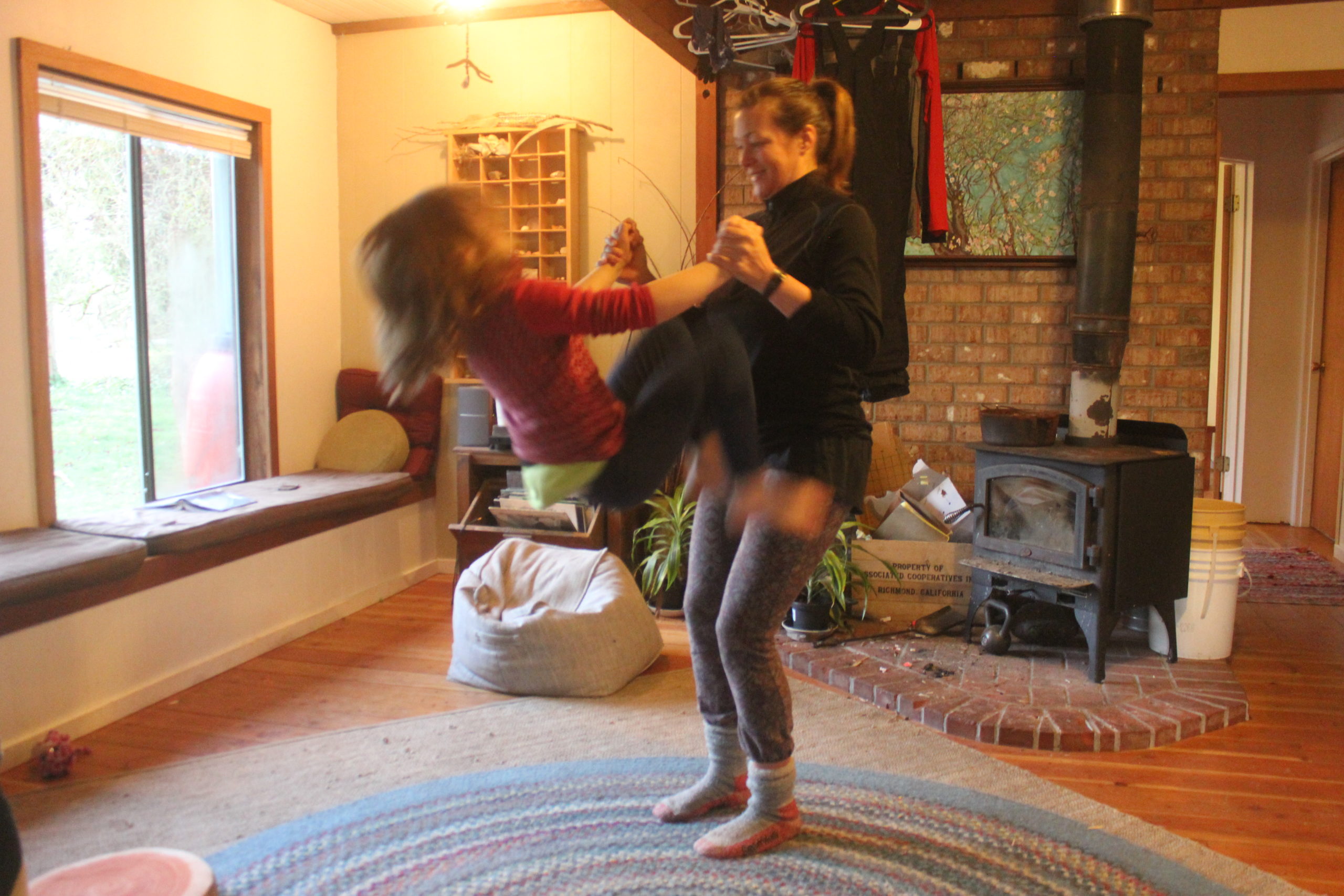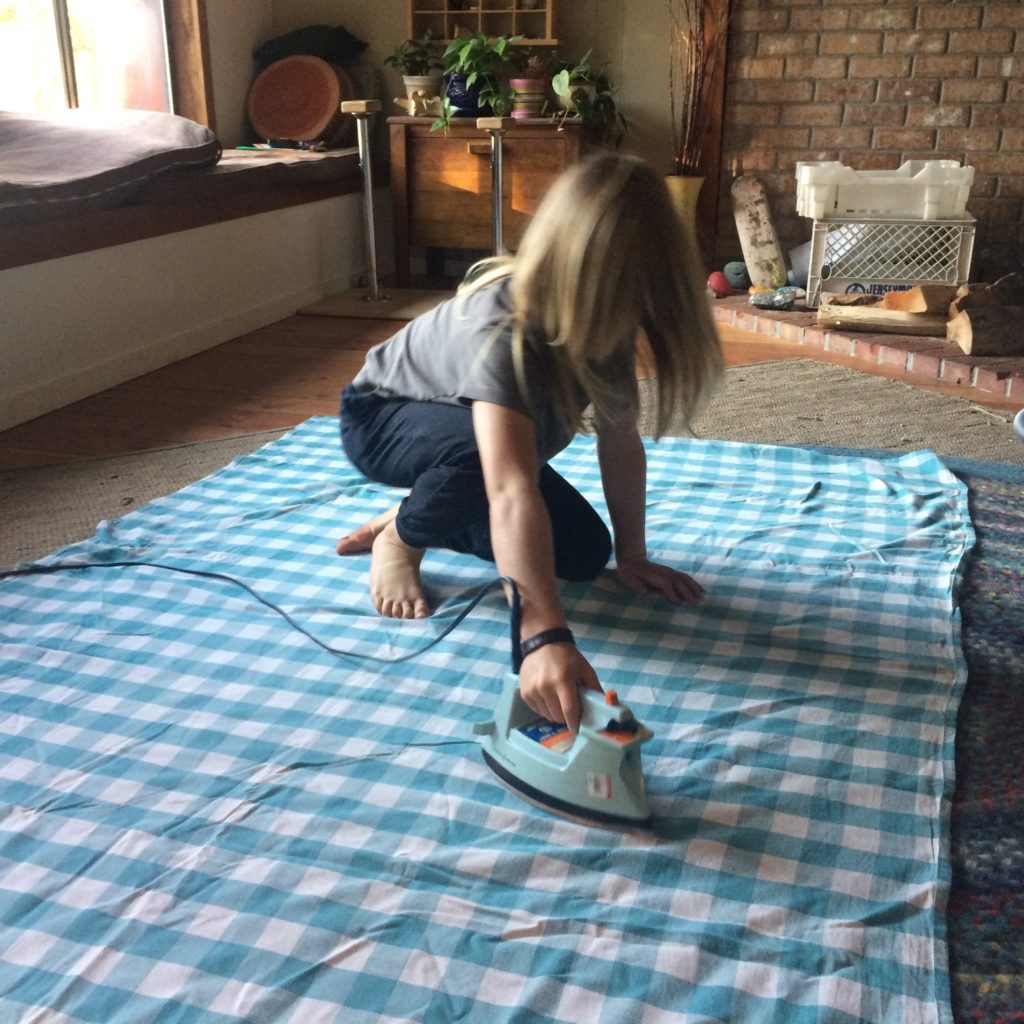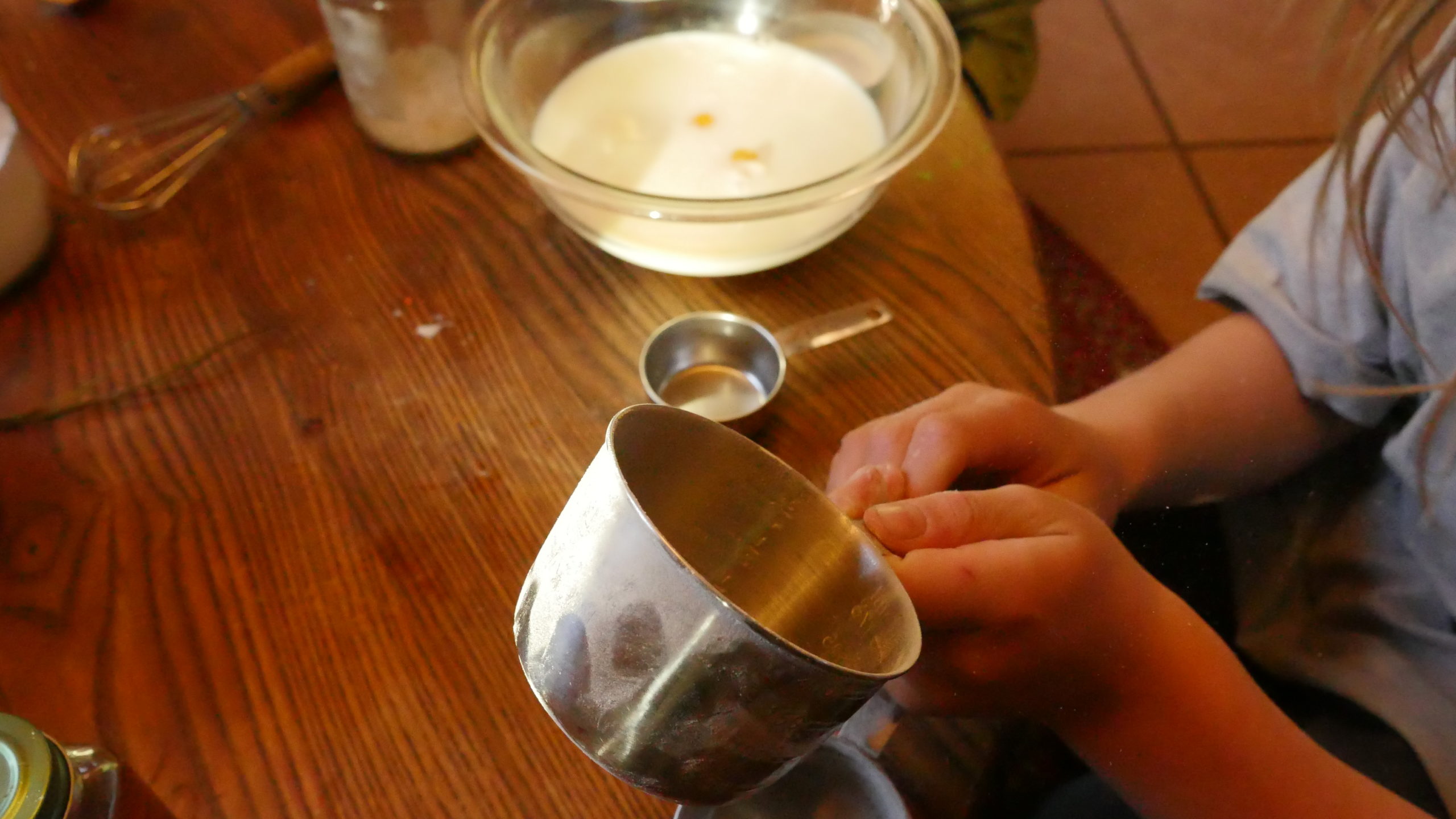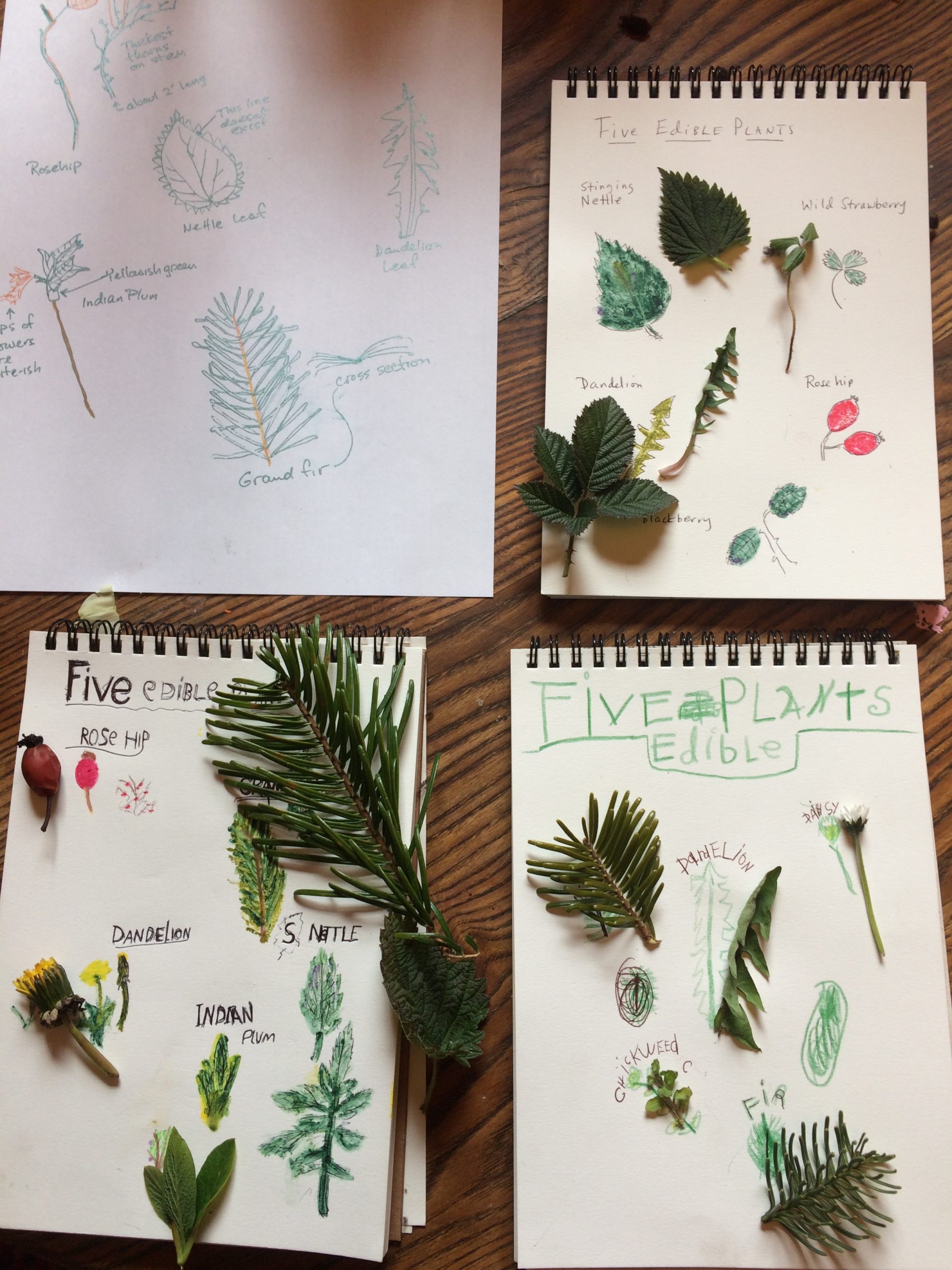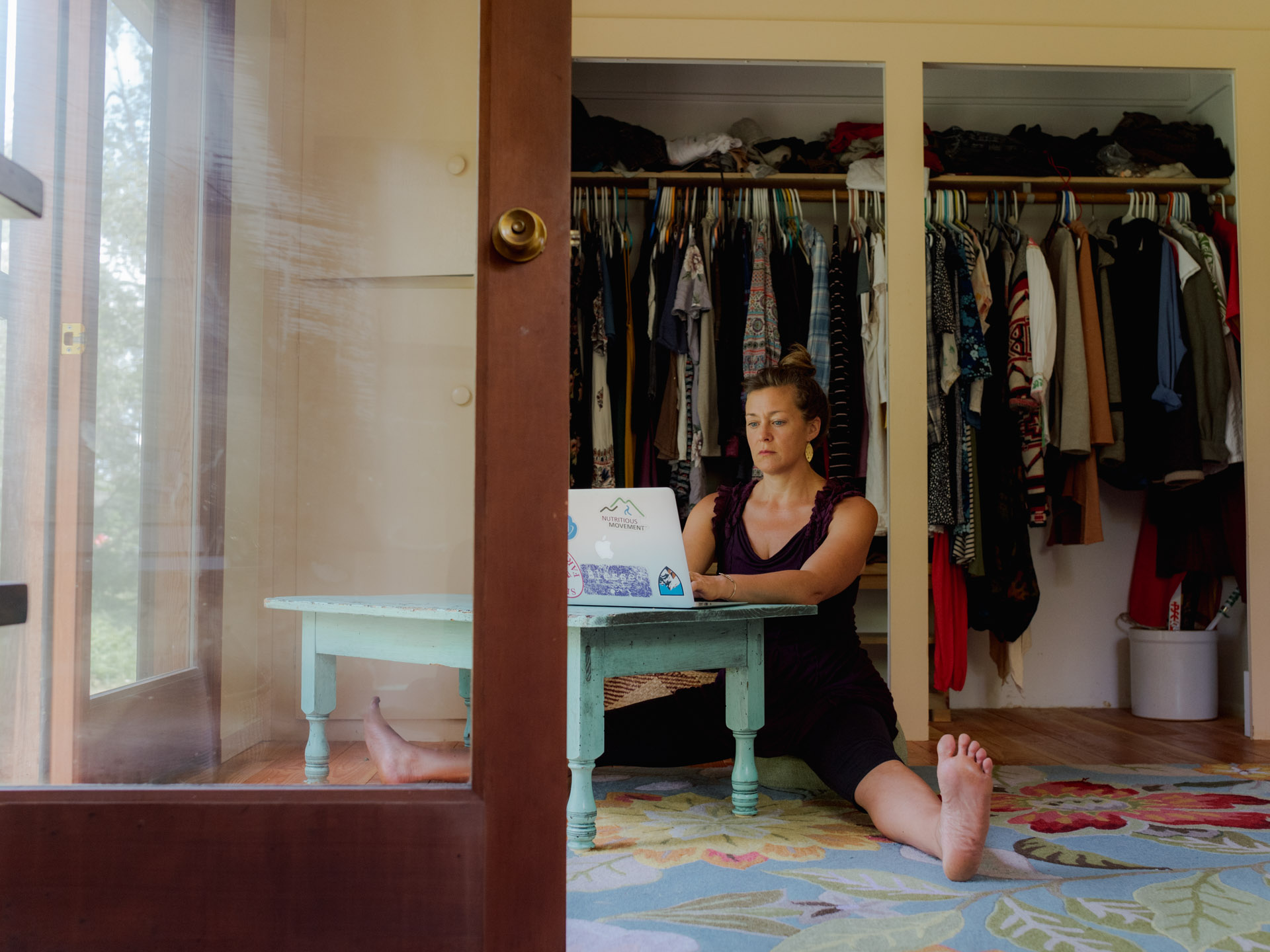A lot of my work is about the idea that even though you're IN PLACE, you don't have to be NOT MOVING. Now is a good time to embody a practice of increasing the movement density of your moments. Whether you’re working on a computer, eating a meal, being with your family, or taking in entertainment, NOW is the time to make these events more dynamic. Move to feel better; don't wait to feel better to move. Movement helps. It really does. IT REALLY, REALLY DOES, and you can do it right where you are.
An example: I can sit with both legs to the RIGHT, but to the left is a lot harder for me (so I often unconsciously opt out of moving this way). I have to be in place so much more right now, so a small choice of sitting on the floor with my legs to the LEFT makes my family/connection/play time more like the movement I’d get in a class designed to improve my mobility.
The “move more” strategies I’ve been teaching for more than a decade have never been more relevant. Here are some timely tips in case you’ve recently found yourself with fewer movement options.
SET UP A MORE DYNAMIC ENVIRONMENT…
We're not used to moving in our homes; we're used to going to other places to move. Staying well while you’re in one place begins with creating dynamic spaces in your home. You likely need dynamic work and homeschool spaces, and you’ll probably want to make your living space as movement-rich as possible, which will free up more space for everyone.
Professional or school work areas
Swap out your standard sedentary desk. You can use low tables as a floor desk, and find some standing options like at a kitchen counter or a table with added riser (a few thick books can work) to support a laptop. Choose a few stations you can cycle through all day. These small changes will get you using your legs and core more to get down and up, and you’ll be able to stretch different floor-sitting muscles.
Meal and entertainment spaces
Add some spice to your daily indoor routine by setting up a backyard or floor picnic. Clear out tables and knick-knacks as much as possible to create a space more supportive of rolling around, indoor family obstacle courses, or simply fitting your daily stretch, bodyweight, or yoga practice into your living room.
Gather your gear
Gather these common household items and put them in a basket near your new movement space as a reminder to move: a belt or yoga strap to help with leg stretches, a bundle of blankets as a bolster or low seat, and full water bottles as weights.
…THEN MOVE IN YOUR DYNAMIC ENVIRONMENT
Movement is not only great for the body, it can also help keep stress and anxiety down and positive vibes up. An environment is only as dynamic as you make it. Here are some ways to move more while in place:
Maximize your allowed outside time
And don't forget to use early and later hours of the morning and evening. Bring your morning coffee out to watch the sunrise, or pack a strolling picnic and sip soup from mugs as you walk around the block, looking for the moon in the evening. Even if you're only out for 15-20 minutes at a time, it can make a tremendous difference to your mental and physical wellbeing.
Do your desk moves
Install an app like Time Out on your computer or phone that pauses your screen, reminding you to move. Take a short walk though your home, reach overhead, forward bend, stretch your upper back, or do a seated or standing spinal twist every time it pings you. (Regular kitchen timers work for this, too! You just have to remember to reset them.) When you get back to work, assume a new position!
See desk breaks as an opportunity
If you’re juggling home, homeschooling, and work tasks, focus on the positive and reframe your “interrupted” work time as simply more dynamic. If you’ve suddenly found yourself homeschooling littles, pick an approach that makes everyday activities like cooking part of their learning time.
Get outside as much as you’re allowed and look for nature-centric lessons that include a little walking, bending over or squatting to look at what’s growing, and use everyone’s distance vision and far-listening skills.
Allow more outside in by opening your windows
Set up adult and kid work stations near a window for natural light and varied temperatures—both of which are elements of nature that move your body in unique ways. Add a sweater or jacket as necessary, but also let yourself get a little cold, which gets your body moving in other ways.
Take eye-breaks!
If you’re noticing an increase in “near work” and screen time, prioritize eye-breaks! Looking up from screens is helpful, but to fully relax your eyes you need to focus on objects really far away, not only across the room. Use those windows and outside time to look as far away as possible and create games and questions that have kids looking up and out as much as possible.
Find an exercise routine that fits in your house
Once you've cleared a floor or at least space for a yoga mat, use free or paid online video routines and do at least one every day (and invite your family to join!). Take this free one-hour “all I need is a little wall space” class, offered with love and #VitaminCommunity from everyone at Nutritious Movement.
Have at least one 5-minute dance party a day
Getting your heart and breath rate up can feel invigorating, and when paired with music, it can be downright joyful. Find music you and your family love and jump and swing around, and shake out your yayas. P.S. Dance breaks pairs well with screen breaks and meal prep so have as many mini-dance parties as you require!
Remember that movement is not only necessary for your body to work well, it’s necessary for feeling well too. Move well, my friends, even if it’s in place!
Find more ways to make your home life dynamic in the rest of the articles in the Dynamic at Home series. Dynamic Work and School Spaces will show you how to set up work and learning that allow for movement. Hanging and Reaching Spaces will guide you in setting up what you need to keep everyone’s upper body healthy and mobile. Sitting Well includes a great “Prepare for Floor Sitting ” exercise class and other tips on how to move in your newly arranged living spaces. You're The PE Teacher Now showcases myriad ideas for layering movement into your kids' (and your!) days. For more on the ideas behind this series, read (or listen to) Move Your DNA. If you’re looking for more kid and family movement information, check out More Movement for Babies and Kids.

